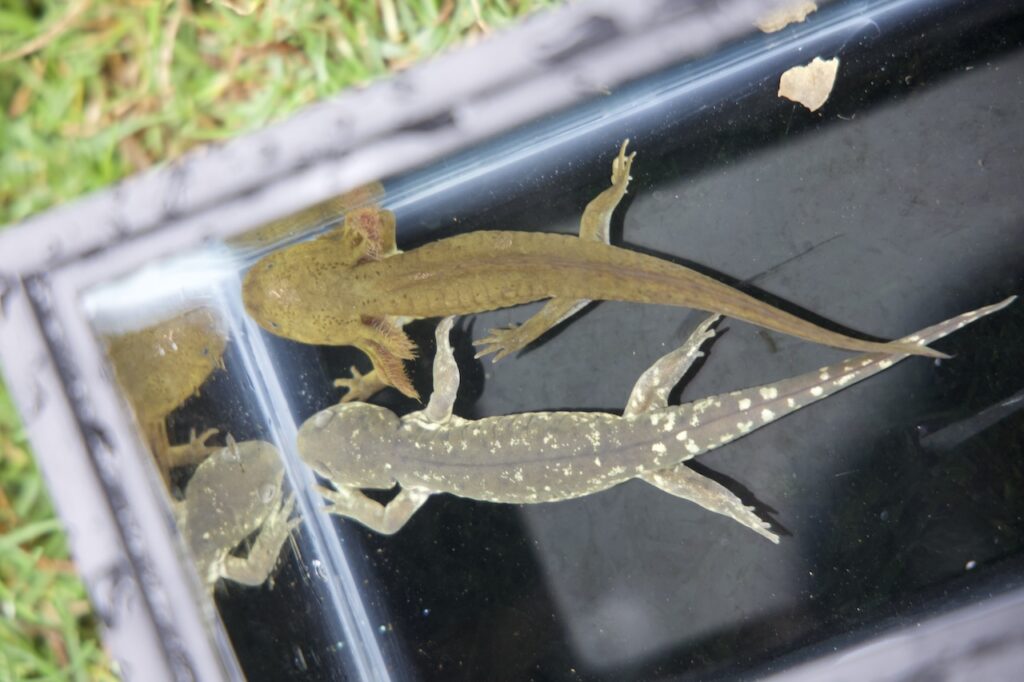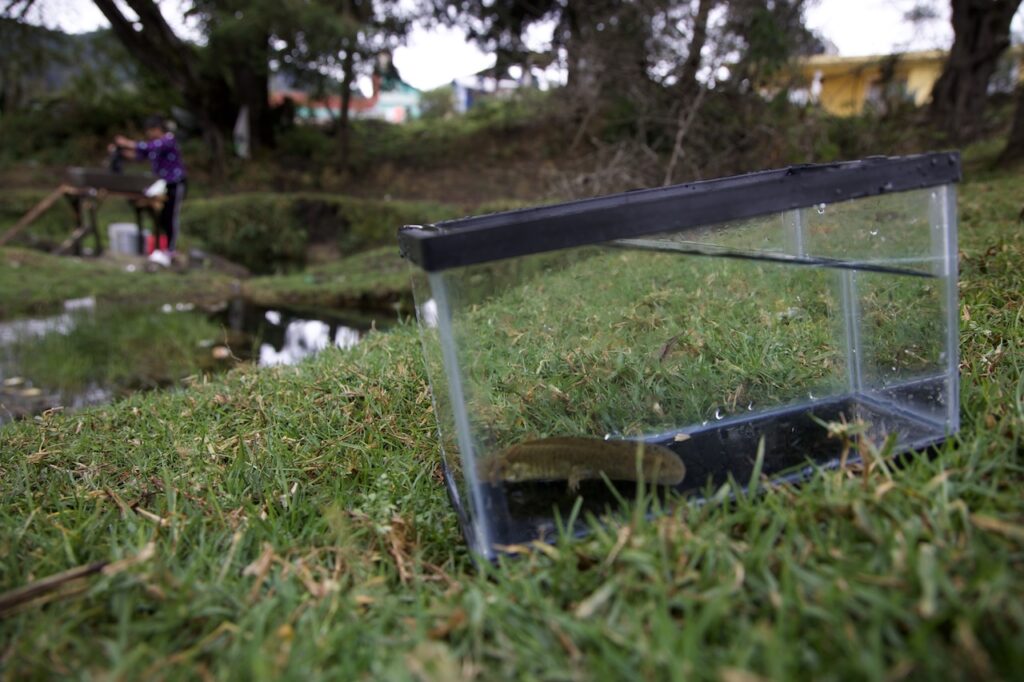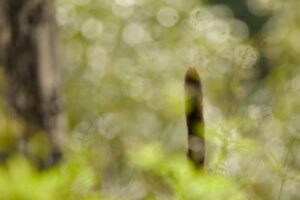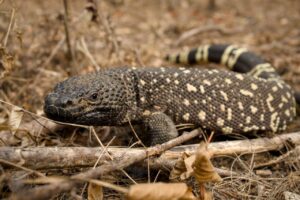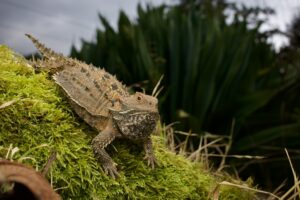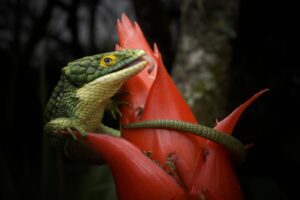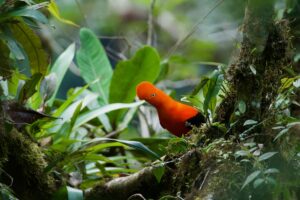The very first thing I bought with the money I received as a middle school entrance gift was an axolotl (Common name: Mexican salamander, scientific name: Ambystoma mexicanum). Ever since then, I’ve been captivated by the idea of encountering a wild axolotl, charmed by their cute and easygoing nature.
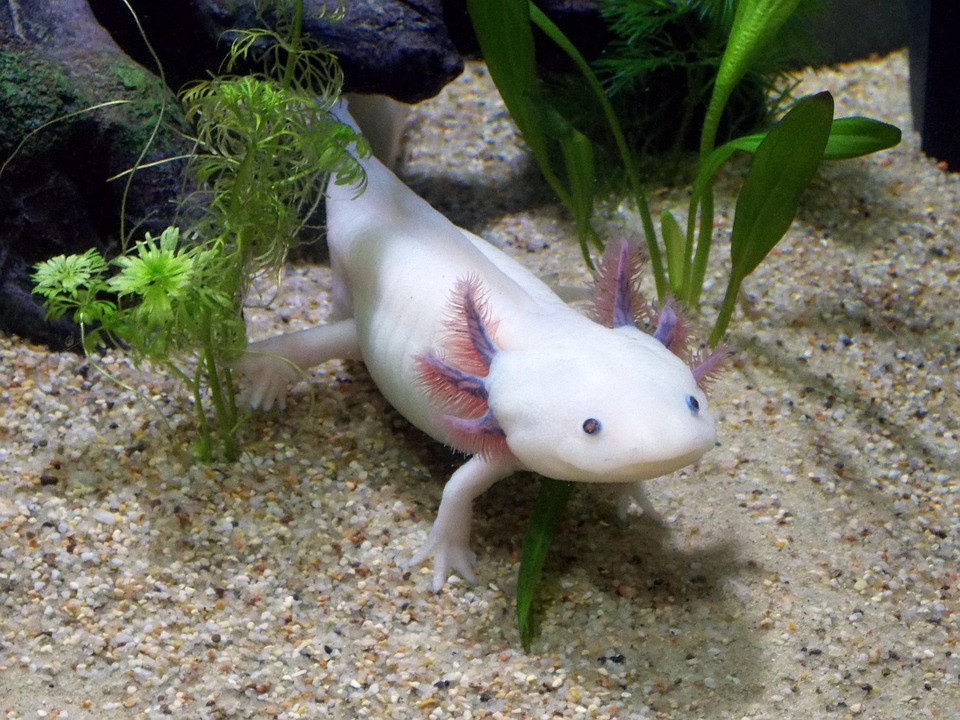
As an adult, I finally got the chance to search for wild axolotls. However, when I asked the locals, they told me that only two wild axolotls had been found in the past five years. Moreover, those sightings were in areas where captive-bred individuals had been released, making it highly likely they weren’t truly wild specimens. In other words, wild axolotls are effectively extinct.
Even so, I learned about another species in the same genus (Ambystoma) that, like the axolotl, retains its larval form, breathes through external gills, and can reproduce. This time, I set out to search for that species: the Mexican tiger salamander (Ambystoma velasci).
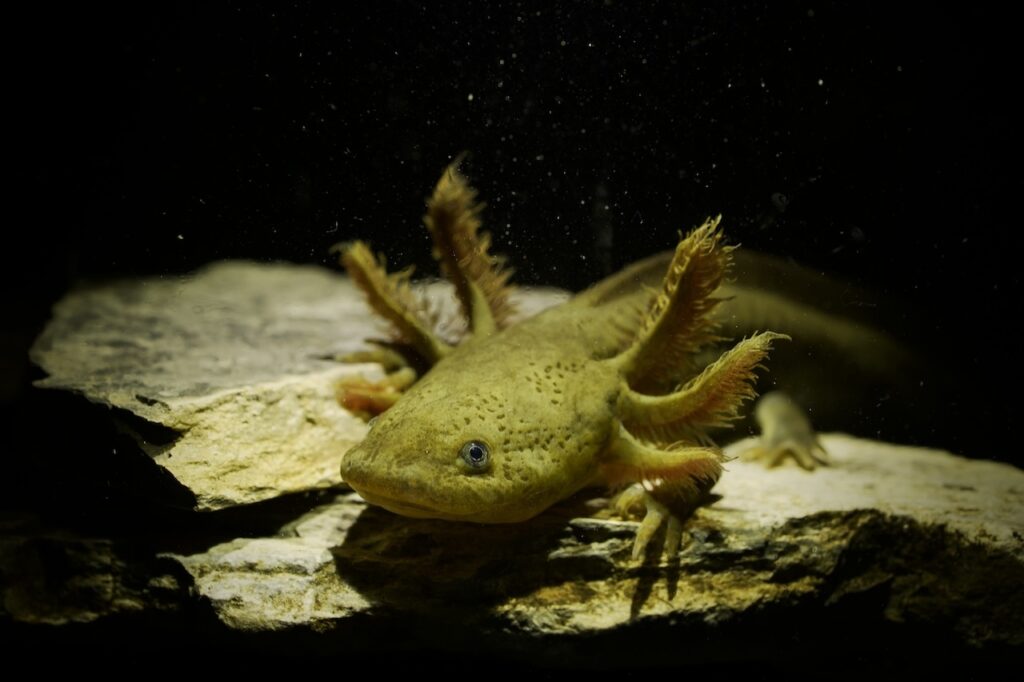
Guided by a local who had seen them before, I headed to a known observation area. To my delight, I was able to spot one almost immediately. At night, these salamanders wait near the water’s surface, ambushing prey such as tadpoles.
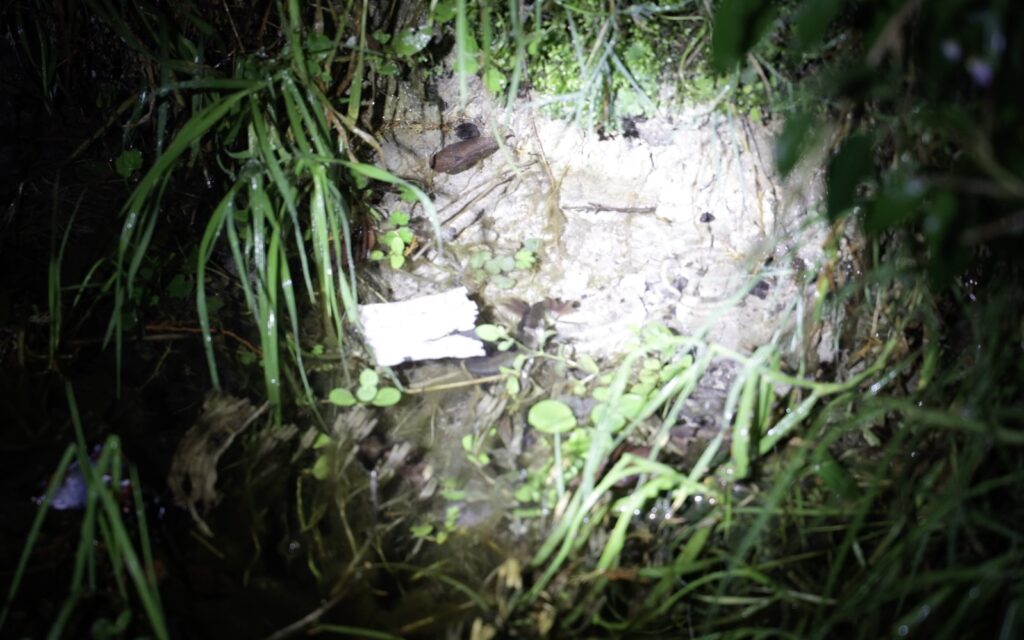
One fascinating characteristic of the Mexican tiger salamander is that within the same species, there are individuals that mature in their larval form and others that metamorphose into adults, switching to lung-breathing.
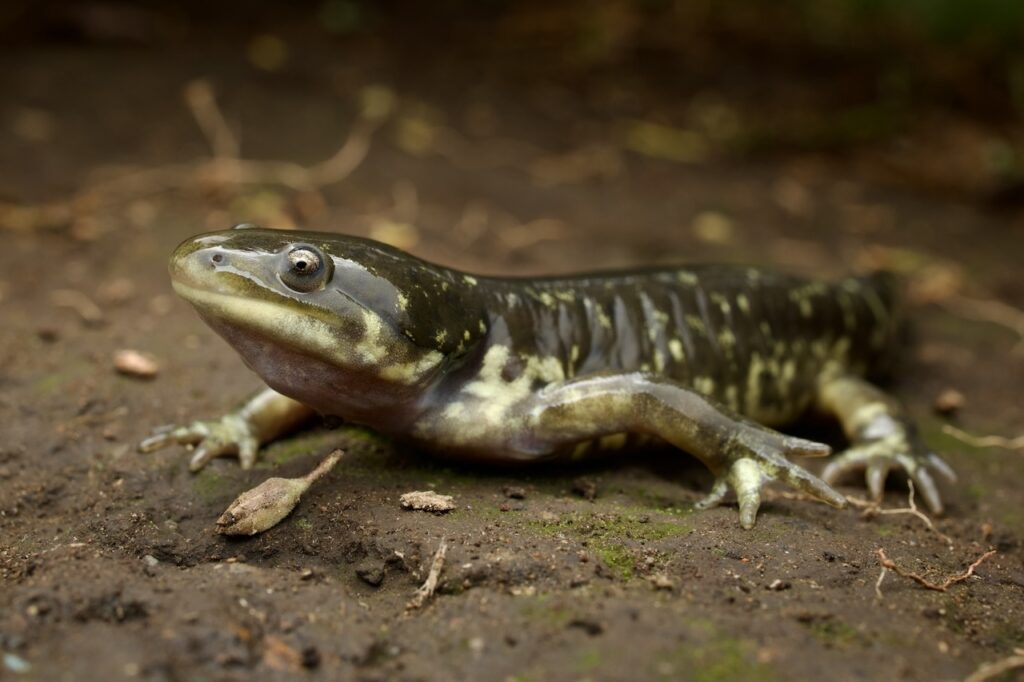
This adaptation is thought to be connected to their habitat, which experiences a dry season and is located in mountainous basins where water levels fluctuate seasonally. During my visit, which was in a relatively dry period, I noticed that the breeding ponds were surrounded by dry grasses, with clear traces showing areas that had previously been submerged.

The ability to emerge from the water when necessary, move to other areas, or survive by breathing air in mud until the rainy season, is a stark contrast to the axolotl. Axolotls, which are confined to a single location in the world, became extinct in the wild largely due to water pollution and their inability to adapt or migrate. In comparison, the Mexican tiger salamander has managed to survive.
That said, I also witnessed a local resident doing laundry at one of the breeding ponds. Seeing such a shocking reality firsthand, I couldn’t help but hope that these precious breeding sites will be protected for future generations.
